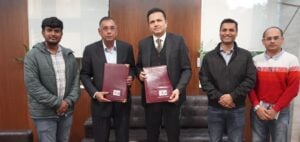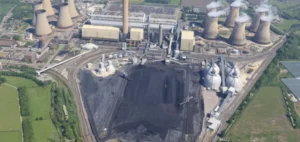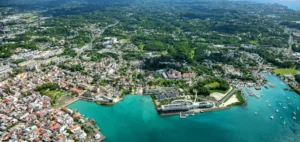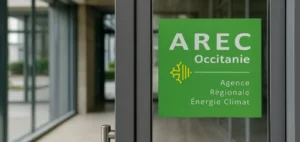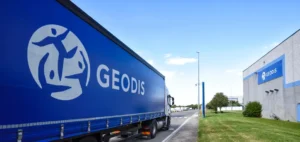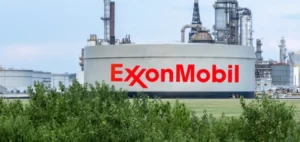Aker Solutions wins two Front-End Engineering Design (FEED) contracts for the NOA Fulla field on the Norwegian Continental Shelf.
This includes FEED for the NOA processing, drilling and quarters platform, and for the unmanned Frøy wellhead platform (NUI), both operated by Aker BP.
A major contract for Aker
The FEED contracts put Aker Solutions in a good position for further contracts if the field development enters its execution phase in 2022.
They could potentially represent a value of over NOK 10 billion (€980 million), subject to the final investment decision.
They have been awarded within the framework of the “Fixed Facilities Alliance” between Aker BP, Aker Solutions and Siemens Energy.
The FEED scope for the NOA PdQ is expected to include a topside module weighing around 22 to 24,000 tonnes and a shell substructure weighing around 15,000 tonnes.
The FEED scope for the Frøy NUI also includes a topside module weighing around 2,000 metric tons and an envelope substructure with an operational weight of around 4,500 tons.
The award follows the successful completion of the initial design and engineering phase, and work commences immediately with completion scheduled for the end of Q3 2022.
FEED work will be led by Aker Solutions’ offices in Fornebu, Norway, with part of the engineering carried out in Mumbai, India.
The area is rich in offshore oil fields
The Frøy NUI will be a carbon copy of the Hod B wellhead platform delivered by Aker Solutions in July 2021.
This will be the third wellhead platform project delivered by the Fixed Facilities Alliance established in spring 2017.
The NOAKA area is located between Oseberg and Alvheim in the Norwegian North Sea.
The region holds several oil and gas discoveries with gross recoverable resources estimated at over 500 million barrels of oil equivalent.
Aker BP and Equinor will jointly develop and operate NOAKA, with LOTOS Exploration and Production Norge AS as a partner.
Aker BP is operator of NOA Fulla, and Equinor of Krafla.
The ambition is to develop the NOAKA area with a minimal carbon footprint.
Digital solutions will be used extensively to ensure high efficiency and low carbon emissions.





